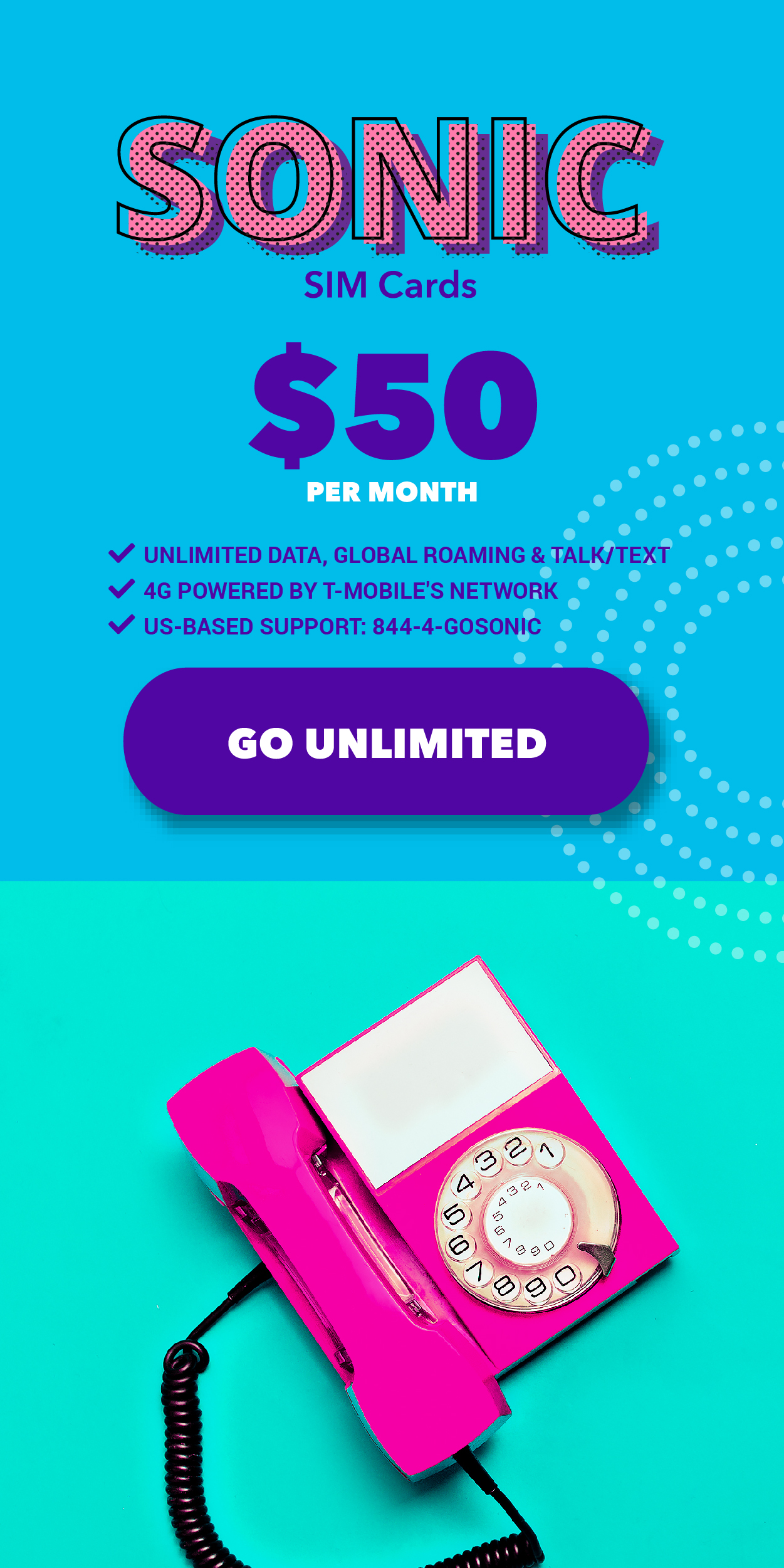With the proliferation of smartphone today, it is easy to assume that each of—regardless of the manufacturer—is pretty much the same. While some do have equivalent features as that of their competitors, the ways these features are implemented vary widely from manufacturer. With that regard, you get a completely different user experience depending on the Smartphone you buy and the OS that comes along with it.
Android
Android was first launched to the public with the release of the HTC Dream back in 2008. A vast amount of revisions, codenames and version numbers later, it emerged as one of the fastest growing Operating system for Smartphone today. It is so basic and handy that the fact it can be found on entry level smartphone such as Huawei IDEOS and on the top of the line flagship units such as the HTC Desire HD speaks volumes of its versatility and adaptability. Android is built using Linux and has enjoyed the success partly because o its open source nature. Android OS is virtually free to use and it is utilized by the wide range of manufacturers including Samsung, Motorola, LG and Sony Ericsson to name a few.
There are two main reasons for Android’s success which is its open source nature and a constant version updates. The Android OS has also enjoyed its multiple software updates since its release that they have added more functionality and features; it is so versatile that even manufacturers incorporate it to their Tablets like what Samsung did with the Galaxy Tab. Also, the fact that almost anybody could make an application for it and as a result, there are more than 100,000 applications available in the Android Marketplace.
iOS
Every smartphone OS is not complete without iOS. This versatile and powerful Operating System powers Apple’s iPhones, iPads and iPods and has access to a very rich library of applications that covers everything under the sun from productivity, entertainment and everything in between. Since it’s an Apple designed product, it has an elegant and very easy to use user interface allowing even the most novice of users to be a master of his own device in no time. Apple’s latest operating system is the iOS 5, which includes more than 200 new features from iCloud to airplay mirroring. Apple is a perfectionist about the quality of its product and the way it interfaces with its software, it’s also one most the most stable and secure mobile operating system in the market.
BlackBerry OS 6
BlackBerry OS 6 is the second to latest operating system for BlackBerry’s line of smartphone. The BlackBerry OS has a number of enhancements from the previous version of BlackBerry OS, including deeper integration of social networks. Like other mobile platforms, this one has its own app store, though the selection of apps isn’t as numerous as it competitors such as Android and Apple app store. BlackBerry OS 6 isn’t as flexible or as powerful as its contemporaries but the new version seems to be fare better than the previous versions in terms of optimization for touch screen models.
Window Phone 7
Up until the windows 6.5, every version of Microsoft’s mobile OS was built on mainly the same framework and—from the styling cues and interface—felt like bringing a miniaturized PC along with you. Realizing that the phone is not always anybody’s PC, Microsoft took a drastic step with Windows Phone 7. Phone 7 does not carry any of its predecessor’s genes, it’s a brand new OS built from the ground up to compete in today’s web connected world. The interface is highly stylish, and there is a big emphasis on negative space in the GUI’s design. It’s also built with social media in mind, as Facebook integration is done at the code level, not with application like in Android. Microsoft has also cleverly tied in Xbox Live into Phone 7, allowing you to access your Xbox Live achievements and awards. Additionally, games that are available on both the Phone 7 and Xbox 360 nets you additional achievements and unlock if you have the two versions.
Bada
Samsung has also made its foray into creating its own mobile OS in the form of Bada. Bada (which is a Korean work meaning “ocean”) made its debut on the first wave Smartphone, the S8500 roughly a year ago, and since then has expanded an entire line of smartphone. Bada’s ultimate goal is a Smartphone for everyone, and that it is not out in the market to compete with existing Smartphone platforms. Instead, the main aim is to convert regular phone users into Smartphone users by providing cost-effective, yet powerful smartphone powered by Bada. It is also like Android that has an open platform and has its own library of applications but limited and not much as its counterparts.
Symbian
Nokia is possibly the oldest OS out in the market today; used in countless products in Nokia’s mobile phones but Symbian future is uncertain to say the least. The Symbian platform is the successor to Nokia’s S60 OS that appears in the majority of its phones, and strives to integrate features like social networking into the core experience of the OS. Other features like 2D and 3D graphic architecture, User Interface improvements, and support for external displays through HDMI. Unfortunately and sad to say that the Symbian’s day under the sun might be up, as the latest version of Symbian 3 currently exists only in one Smartphone, the N8. Couple that with Nokia’s unprecedented move to use Microsoft’s Phone 7 OS in its upcoming models; pundits and industry experts are predicting the slow death for Symbian.
Locked to AT&T or T-Mobile USA? –Unlock it now at FreeUnlocks!
↓ Can we unlock your phone? Start here! ↓



